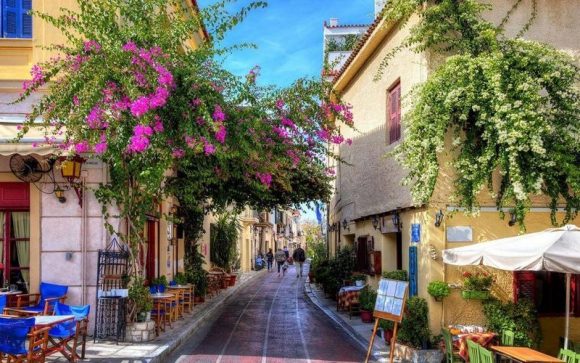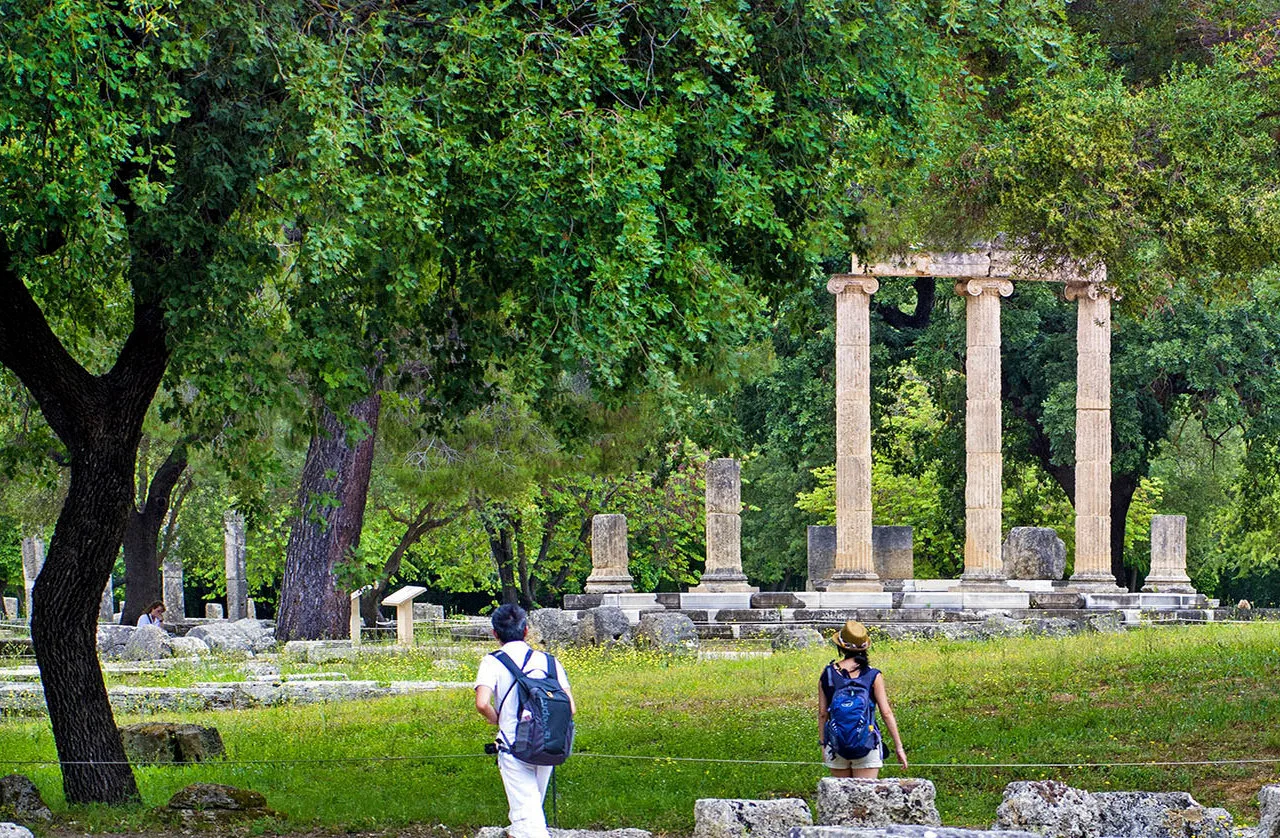Plaka
Plaka, ‘The Neighborhood of the Gods’
Plaka is the oldest historical neighborhood of Athens, clustered around the northern and eastern slopes of the Acropolis, and incorporating labyrinthine streets and neoclassical architecture. Plaka is built on top of the residential areas of the ancient town of Athens. It is known as the “Neighborhood of the Gods” due to its proximity to the Acropolis and its many archaeological sites.
Visiting and spending a day in the Plaka district in Athens is an experience of a lifetime for travelers. With its colorful neoclassic buildings and ruins waiting to be discovered around every corner, there is so much to be discovered in Plaka. Let’s be sure that you don’t miss any of the attractions! This is one of the most charming and elegant neighborhoods you might encounter anywhere on Earth.
Modern-day Plaka is visited by hundreds of thousands of tourists every year, making it one of the most popular and famous places in Athens.
In addition, you will find shops with amazing antiques all throughout Plaka. If you are interested in hand-painted icons, wood carvings, and other pieces of art made by local artists, this is the place for you. Plaka is an art and antique destination for Athenians as well as tourists.
When you are ready to sit down and take a break from exploring, be sure to check out the bars and cafes on Adrianou Street and Kydatheneon Street. The two streets are the main pedestrian roads in Plaka. They are the perfect place for people-watching the hundreds of thousands of tourists who visit Plaka all year round.

The Name
The name Plaka was not in use until after the Greek War of Independence. Instead, the Athenians of that time referred to the area by various names such as Alikokou, Kontito, or Kandili, or by the names of the local churches. The name Plaka became commonly in use in the first years of the rule of King Otto.
The Location
Plaka is on the northeast slope of Acropolis, between Syntagma and Monastiraki square. Adrianou Street (running north and south) is the largest and most central street in Plaka and divides it into two areas: the upper level, – Ano Plaka – located right under the Acropolis, and the lower level – Kato Plaka – situated between Syntagma and Monastiraki.
The History
Plaka was developed mostly around the ruins of the Ancient Agora of Athens in an area that has been continuously inhabited since antiquity. During the years of Ottoman rule, Plaka was known as the “Turkish quarter of Athens”, and the seat of the Turkish Voevode (Governor). During the Greek War of Independence, Plaka like the rest of Athens was temporarily abandoned by its inhabitants because of the severe battles that took place in 1826. The area was repopulated during the first years of King Otto’s rule. Plaka had a sizable Arvanite community till the late 19th century, which led some to refer to it as the Arvanite quarter of Athens. During the same period the neighborhood of Anafiotika, featuring traditional Cycladic architecture, was built by settlers from the Aegean island of Anafi.
In 1884 a fire burned down a large part of the neighborhood which gave the opportunity for the archaeologists to conduct excavations in the Roman Market and Hadrian’s library. Excavations have been taking place continuously since the 19th century.
Modern neighborhood
Plaka is visited by hundreds of thousands of tourists around the year, and is under strict zoning and conservation regulations, as the only neighborhood in Athens where all utilities (water, power, cable television, telephone, internet, and sewage) lie underground fully accessible, custom-made tunneling.







